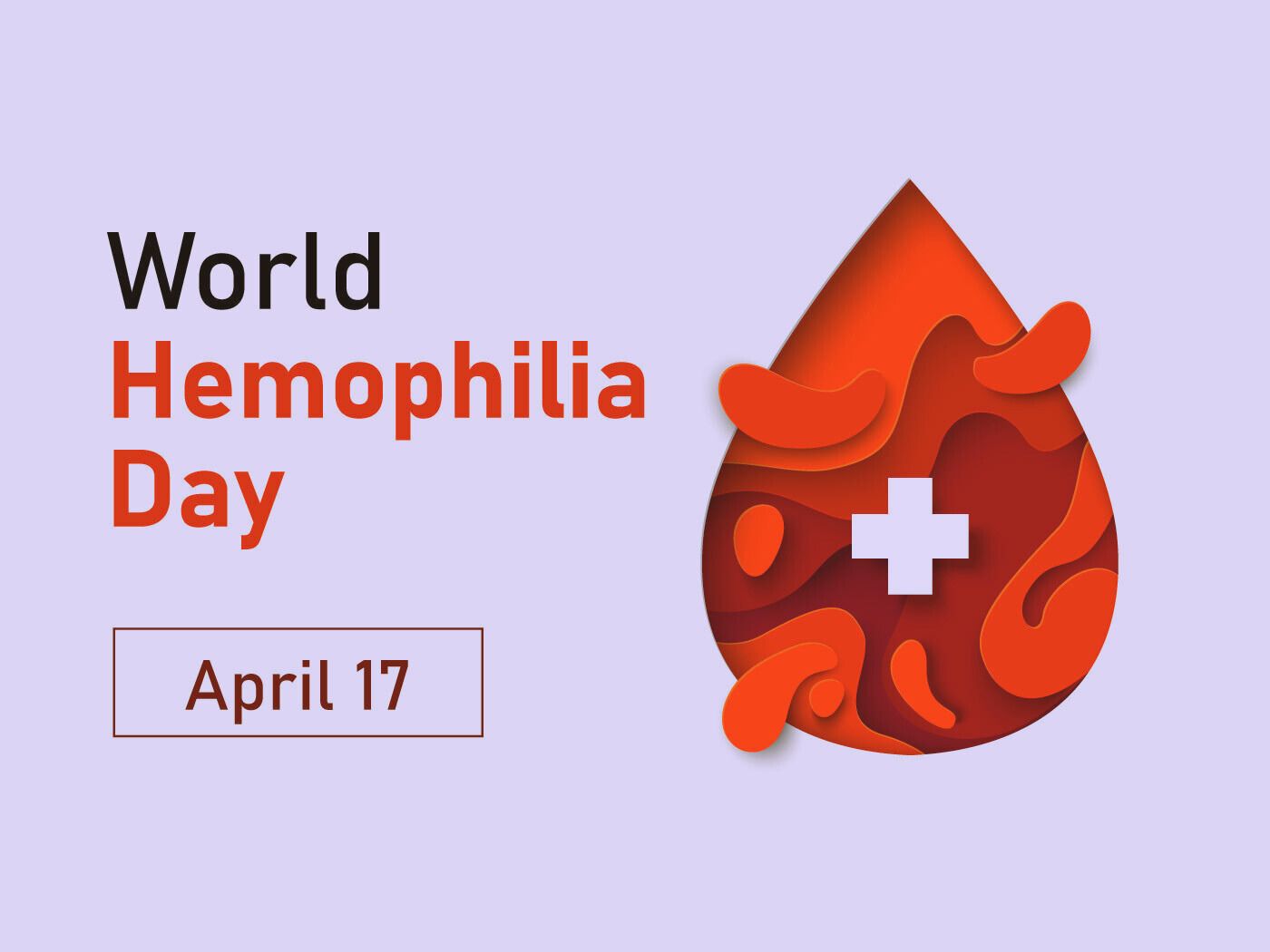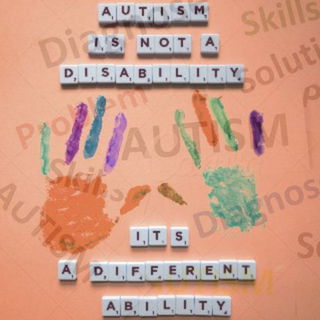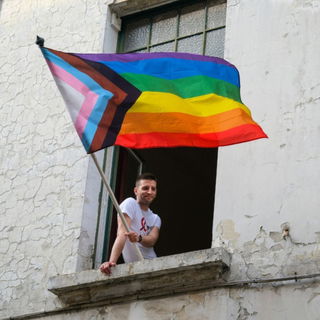- Calendar
- Calendar 2026
- April
- World Hemophilia Day
World Hemophilia Day
Every year on April 17, World Hemophilia Day is observed to raise awareness and educate people about other bleeding disorders.
The day intends to support individuals and families affected by these conditions and provide better access to treatment and support better research efforts.
Origin of World Hemophilia Day
World Hemophilia Day is observed on April 17 to honor Frank Schnabel, the founder of the World Federation of Hemophilia (WFH), who was born with severe hemophilia
A. Established in 1989, the day raises awareness about bleeding disorders and the need for improved medical care.
WFH, representing individuals with inherited bleeding disorders in 147 countries, advocates for better treatment and education, emphasizing that proper care can help those affected lead normal lives.
What Is Hemophilia?
Hemophilia is a genetic bleeding disorder in which the blood does not clot properly due to the lack of clotting factors (proteins essential for stopping bleeding).
This can lead to prolonged bleeding, easy bruising, and internal bleeding, which can be life-threatening.
The disorder primarily affects males, while females are typically carriers and may have mild symptoms.
Types of Hemophilia
- Hemophilia A: Caused by a deficiency of factor VIII, this is the most common form.
- Hemophilia B: Caused by a deficiency of factor IX, also known as Christmas disease.
Some individuals may have mild, moderate, or severe hemophilia, depending on the level of clotting factor in their blood.
History of Hemophilia
Symptoms of unusual bleeding dates back to ancient times long before they understood the cause behind it.
Early scriptures, including the Talmud, stated that if a woman lost two sons to excessive bleeding after circumcision, the third son should not undergo the procedure.
According to this theory, it is a possibility that bleeding disorders could be genetic.
An Arab doctor, Al-Zahrawi described in a village that men who bled a lot could have hemophilia. However, the condition wasn’t fully understood until the 19th century.
An American doctor named John Conrad Otto in 1803 studied and researched families with an abnormal bleeding problem.
He noticed that even though this affected only males, women could pass it on, and he called them “bleeders.”
By 1828, a medical student named Friedrich Hopff first used the term “hemophilia.
Later it was discovered that hemophilia had two types. Harvard scientists identified a key blood-clotting protein in 1947. An Argentinian doctor Alfredo Pavlovsky confirmed that Hemophilia A and B were distinct diseases in 1947.
A similar disorder, Von Willebrand Disease, was first identified in Finland in 1924.
Soon, hemophilia was termed as the “royal disease” as Queen Victoria of England carried it and passed down to her children.
Her great-grandson, Tsarevich Alexei of Russia, had hemophilia, and his mother, Empress Alexandra, sought help from the healer Rasputin.
In Spain, Queen Victoria’s great-granddaughter Victoria Eugenie also passed the condition to her sons, who later died from minor injuries.
For many years, there was no cure for hemophilia, and patients relied on blood transfusions, which were often unsafe.
A scientist named Judith Graham Pool discovered the method of extracting clotting factor from blood that led to the development of Cryoprecipitate by 1971. This was a groundbreaking discovery as it was the first major treatment of the disease.
In the 1970s and 1980s, many hemophilia patients were infected with HIV and hepatitis C due to contaminated blood products.
This affected over 10,000 people in the U.S., 3,500 in the U.K., and 1,400 in Japan. By 1986, better blood screening and virus-killing methods made treatments much safer.
How to Observe World Hemophilia Day
World Hemophilia Day is observed through various awareness and support activities.
Organizations, healthcare professionals, and advocacy groups use social media, educational events, and public talks to spread knowledge about bleeding disorders.
Fundraising efforts help support research and patient care, while landmarks around the world are illuminated in red, symbolizing the bleeding disorders community.
Blood donation drives are also organized to assist those who may require transfusions due to excessive bleeding.
By participating in these efforts, individuals can help raise awareness, support affected communities, and contribute to improving access to treatment and care.

Other Celebrations
-
Feb 13 Thu
-
Apr 07 Mon
-
Apr 18 Fri
-
May 31 Sat
-
Nov 17 Mon
-
Jan 17 Sat

World Hemophilia Day - Next years
Saturday, 17 April 2027
Monday, 17 April 2028
Tuesday, 17 April 2029











